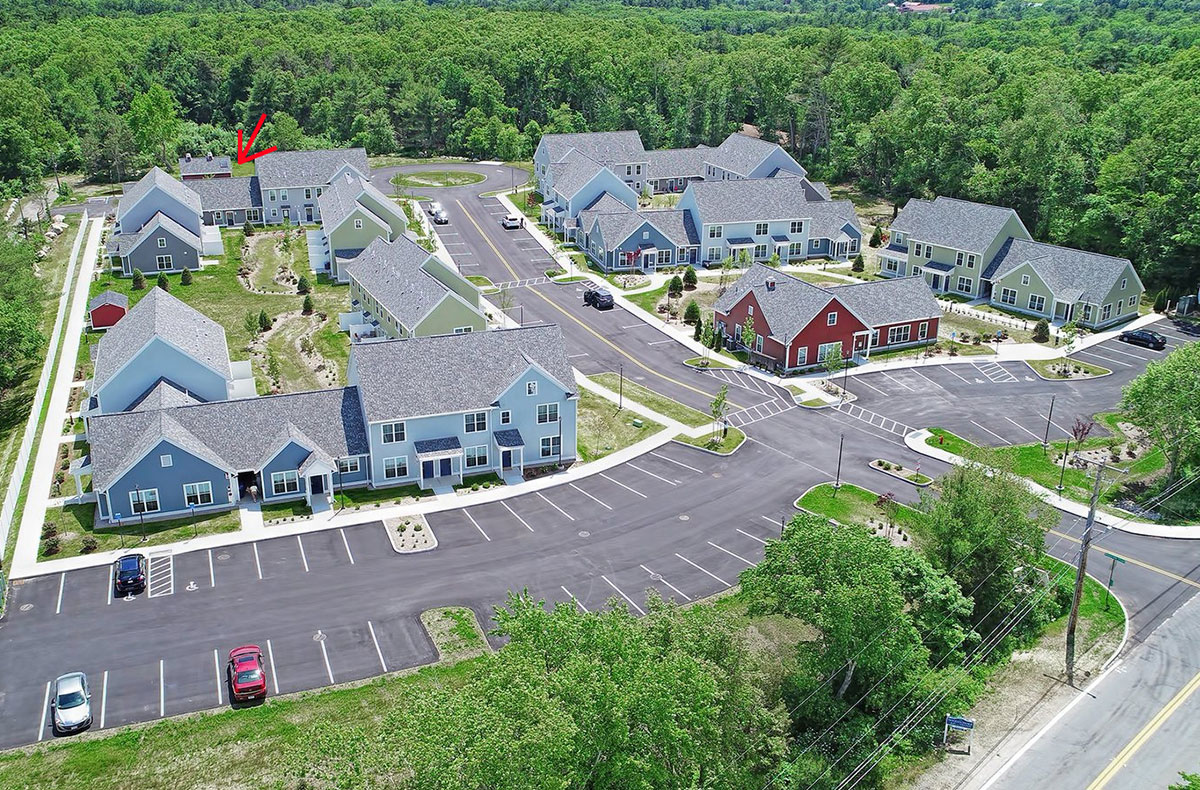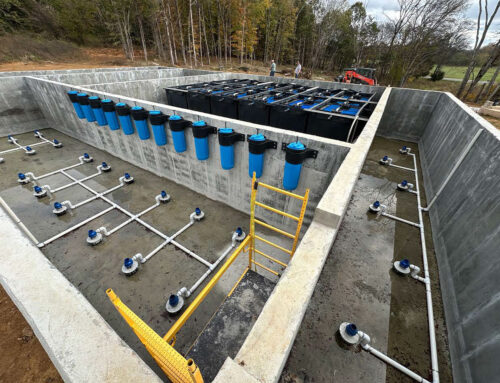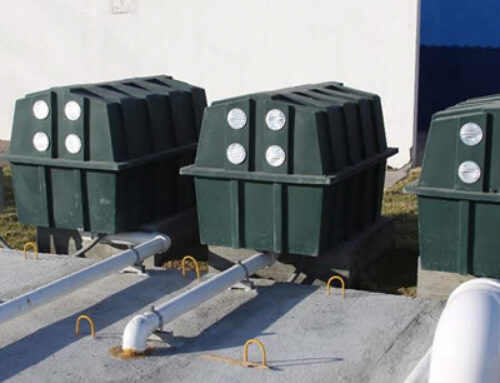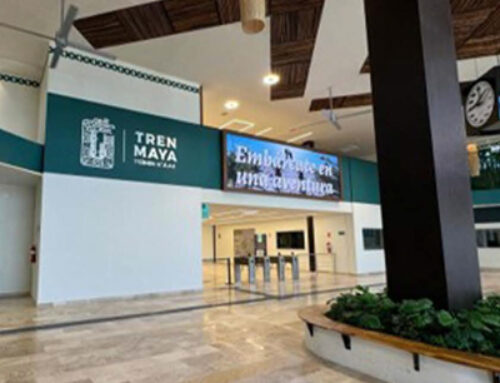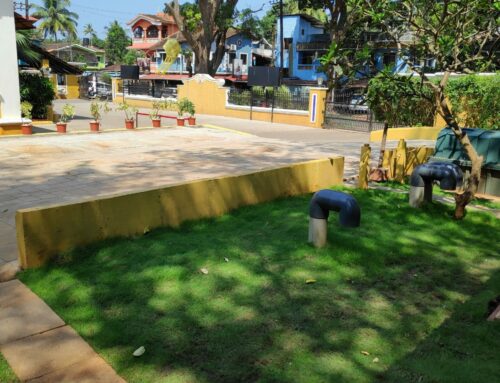Noquochoke Village
Affordable Housing Project Overcomes Stringent Water Requirements
Developer fights for affordable and accessible community in Massachusetts by following wastewater removal standards.
The Challenge
Affordable housing implementation can be challenging. As one example, a Boston-based developer, Delphi Construction, Inc., faced numerous struggles when developing the Noquochoke Village in Westport, Massachusetts. When the builder aimed to provide 50 affordable and accessible residential apartments in a town where affordable housing was scarce, he faced pushback from local residents who were concerned about a variety of issues, including housing stock pricing limitations and special permits.
The pervasive lack of affordable housing in communities across the county has led to social problems, including poverty, homelessness, educational disparities and lack of health care. Most low-income families spend over half of their income on housing costs, which has compelled several states and counties to implement requirements, mandates, and incentives for the inclusion of affordable housing units.
In this case, Delphi Construction Inc. pushed to construct the Noquochoke Village for the betterment of the town and those living in it. The seven buildings sit on 23 acres along the Noquochoke River and the Forge Pond Conservation Area, with undeveloped land for trails and passive recreation.
In addition to the uphill battle to start construction on the apartments, the developer faced strict limits on nitrogen in the wastewater coming from the project. He initially planned to abide by state total nitrogen (TN) limits of 25 mg/L. However, the planning board and the town ultimately lowered effluent limits to less than 5 mg/L TN at the outlet of the treatment system and a Net Zero TN at the property line due to the project’s proximity to natural water sources and a conservation area.
As the design engineer of record for Noquochoke Village, Phil Cordeiro of Allen & Major Associates, Inc., said that they took on the challenging task of “designing a wastewater treatment system that met State requirements, local Westport Board of Health mandates, and enhanced nitrogen sensitivity considerations imparted by the local estuary commission seeking a 5 mg/L.” Cordeiro added that “in evaluating system design alternatives and service vendors,” they were “pleased to coordinate with J&R Sales and Service (J&R), who brought a wealth of knowledge to the design team on how a BioMicrobics [BioBarrier MBR] system can meet the demands, be adjusted based on varying field conditions, and be reliably maintained.”
The Solution
After calculating the flows, it was estimated that the project would generate 9,990 gallons per day – just under the 10,000 gallon per day limit for Massachusetts groundwater discharge permits. The team then turned to BioMicrobics to help reach the strict water requirements.
BioMicrobics’ BioBarrier® High Strength Membrane Bioreactor (HSMBR®) system was the only viable treatment option to meet those requirements at an affordable price for the developer. The membrane and processes used in the system act as an impenetrable physical barrier for nearly all common pollutants found in wastewater. The product is used to replace the traditional clarifier, sand filter and disinfection typically used in many conventional onsite wastewater treatment processes.
The specific design of the BioBarrier (MBR) greatly simplifies the settling, screening, direct aeration and ultrafiltration of the wastewater treatment process. The BioBarrier High Strength MBR system treats all the blackwater and Graywater from the homes in the community to be 99.9% free of contaminants such as organic matter and disease causing organisms.
The developer felt confident knowing that the BioBarrier MBR systems produce consistent effluent quality even in varying influent conditions. The treatment train begins with a settling tank equipped with a SaniTEE, a screening device used to prevent large solids from entering the treatment zone. Then, a blower introduces oxygen into the system to create a robust circulation and aeration of the wastewater, creating the environment for the growth of microorganisms that break down organic matter. Next, the BioBarrier modules and air grids create an upward flow while treated water is drawn through membranes by pumps for microfiltration and ultrafiltration to produce clear, odorless water.
The Impact
“With a residential project that occupies in phases, the wastewater chemistry required steady upfront adjustment to confirm that effluent parameters remained below regulatory thresholds regardless of loading rates,” Cordeiro said. “This was and remains true. With the site fully occupied, J&R remains under contract as the wastewater operator. They have provided the same educational literature and guidance to the Noquochoke Village facility manager for use with residents. The ongoing testing results have exceeded all expectations in meeting the low effluent strength thresholds set by local permits.”
Consistent testing was conducted from the installation date of June 2019 to January 2022. At this time, the system has been successfully operating for four years. The team was especially impressed with the system’s ability to react well to fluctuations in temperature, flows and influent strength.
This project remains a high-performing facility in the area that serves as a reference for other projects with similarly strict wastewater restrictions. In fact, J&R is using the same BioBarrier system in a newly constructed Middle-High School in the Boston area.

